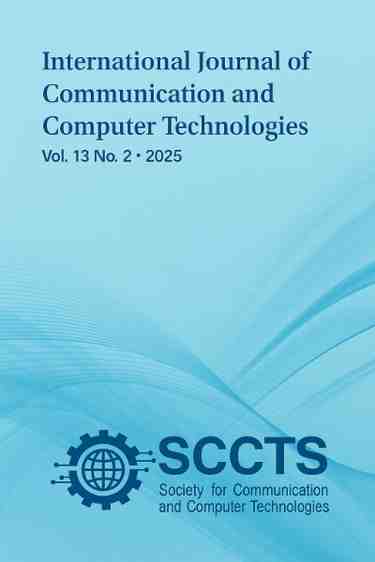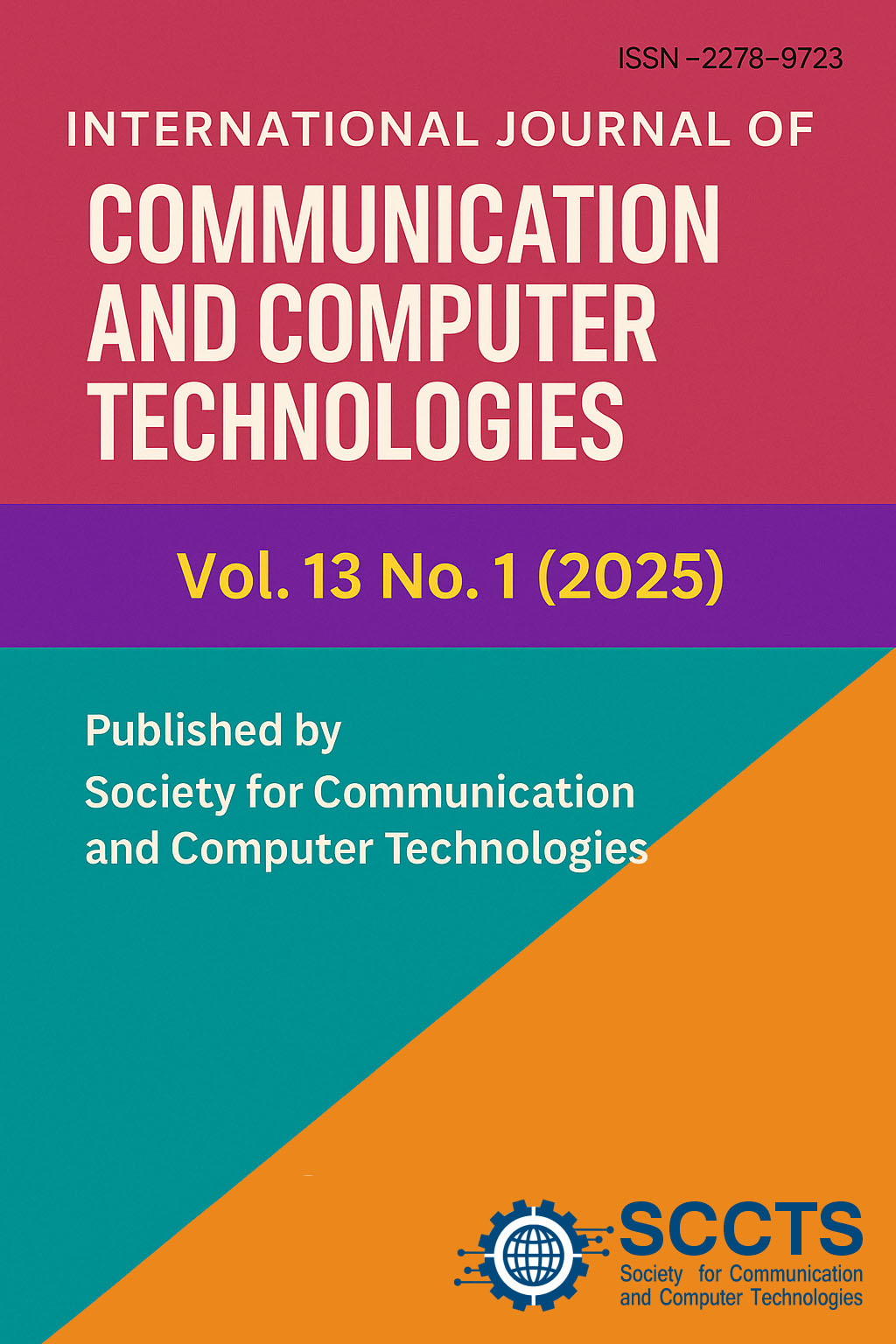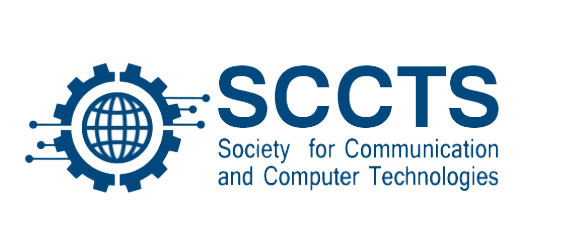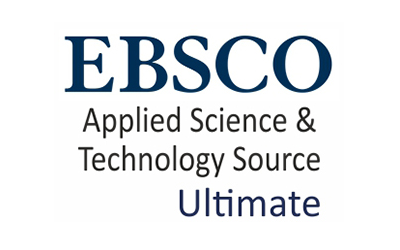Comparative Analysis of Network Measurement Tools for QoS Evaluation in 5G Communication Environments
Keywords:
5G networks, QoS measurement, iPerf, OWAMP, NetPerf, network slicing, performance evaluationAbstract
The Quality of Service (QoS) testing in 5G networks necessitates the use of very sophisticated measurement instruments that are able to control high throughput, low latency, and heterogeneous traffic patterns. In this paper, a thorough comparative analysis of user-friendly network measurement models iPerf3, OWAMP, NetPerf, and 5G-MONarch will be discussed based on both simulated and real-world testbeds. The metrics that are used in the analysis include latency, jitter, bandwidth usage, and the ratio of packet delivery to different network slicing specifications. Findings show that active probing tools are more accurate in their latency and jitter measurements whereas passive flow-based analytics are more scalable and less overhead in a dense communication setup. This paper has found that there are key trade-offs between accuracy, system load, and adaptability, and that hybrid measurement strategies can achieve a trade-off between monitoring fidelity and scalability. Its results can be discussed as the next step in the development of 5G QoS assessment because they indicate researchers and network operators about the feasibility of the existing measurement frameworks in the conditions of high-performance and heterogeneous network environments.
Downloads
Published
How to Cite
Issue
Section
License
Copyright (c) 2025 International Journal of communication and computer Technologies

This work is licensed under a Creative Commons Attribution-NonCommercial-ShareAlike 4.0 International License.





 The articles in Worldwide Medicine are open access articles licensed under the terms of the
The articles in Worldwide Medicine are open access articles licensed under the terms of the 